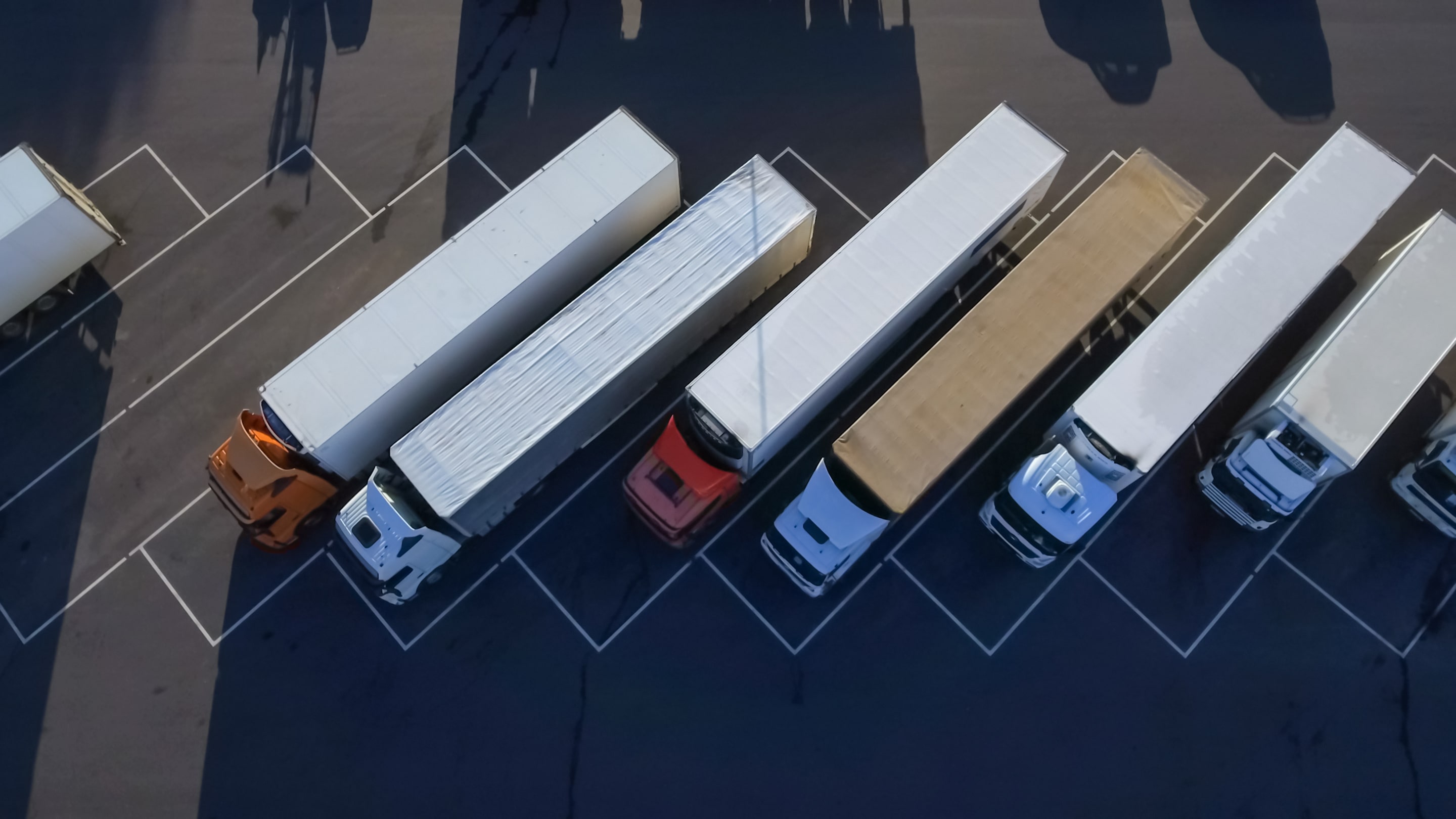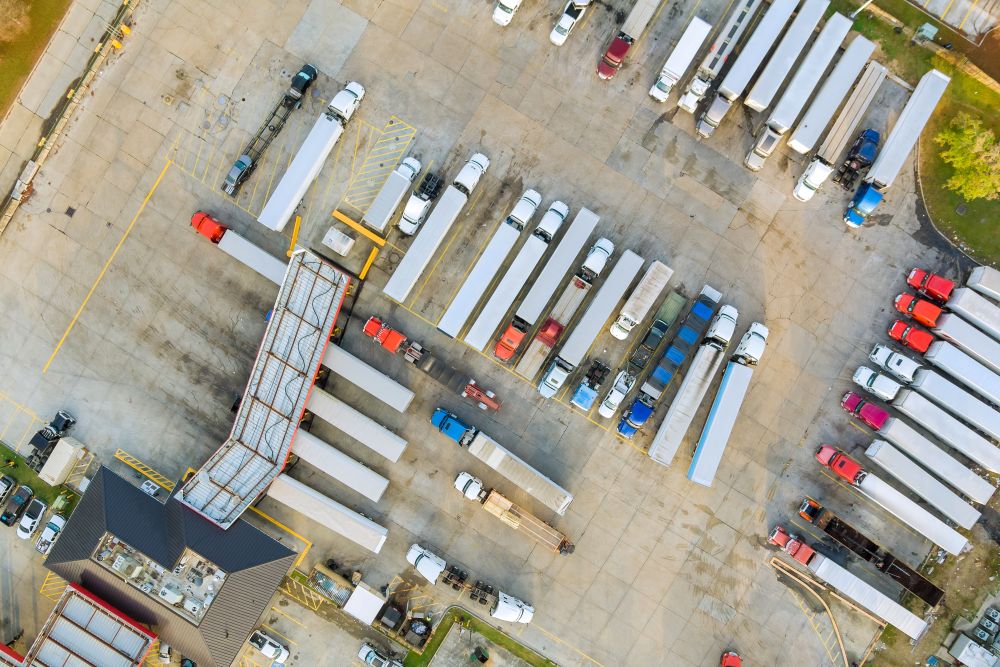
Guest
A nehéz tehergépkocsi-vezetőhiány kezelése az Egyesült Királyságban 2024/2025-ben
Létrehozva: 16. 08. 2024
•
Frissítve: 10. 10. 2024
Az Egyesült Királyságban a nehéz tehergépkocsi-vezetőhiány összetett és sokrétű kihívás, amely messzemenő hatással van a nemzet gazdaságára és ellátási láncaira. A kormány, az ipar és az érdekelt felek összehangolt erőfeszítései azonban pozitív eredményeket hoztak, ami azt jelzi, hogy a helyzet fordulni látszik.
Ahogy az Egyesült Királyság 2024 és 2025 felé tekint, a járművezetőhiány kezelése iránti folyamatos elkötelezettség, valamint a tehetséges egyének vonzására és megtartására való összpontosítás kulcsfontosságú lesz a közlekedési ágazat hosszú távú rugalmasságának és prosperitásának biztosításában.
A válság mélysége
Az Egyesült Királyságban egyre nagyobb gondot jelent a nehéz tehergépkocsi-vezetőhiány, és a helyzet 2021-ben kritikus pontra jut. Iparági jelentések szerint a válság tetőpontján az országban mintegy 100 000 nehéz tehergépkocsi-vezető hiányzott. Ez a szám jelentős növekedést jelentett a 2019-ben jelentett 59 000 sofőrhiányhoz képest, ami aláhúzza a helyzet gyors romlását.
A hiányhoz hozzájáruló tényezők sokrétűek voltak, többek között a COVID-19 járvány hatása, a Brexit utóhatásai és az IR35 adószabályok változásai, amelyek az ügynökségek által vállalkozói alapon foglalkoztatott tehergépkocsi-vezetőket érintették. Ezek a zavarok ahhoz vezettek, hogy sok tapasztalt járművezető hagyta el az ágazatot, miközben nem jelentkezett elég új tehetség a piacra, hogy betöltse az űrt.

Kormányzati beavatkozás és ágazati erőfeszítések
A helyzet súlyosságát felismerve az Egyesült Királyság kormánya és az ágazat érdekelt felei határozott lépéseket tettek a nehéz tehergépkocsi-vezetőhiány kezelése érdekében. A Közlekedési Minisztérium figyelemre méltó javulásról számolt be, a fuvarozó vállalkozások által bejelentett, betöltetlen tehergépjárművezetői állások aránya a 2021 negyedik negyedévi 43%-ról 23%-ra csökkent 2023 harmadik negyedévére.
Az egyik legfontosabb intézkedés a nehéz tehergépkocsivezetők vonzására és képzésére szánt finanszírozás növelése volt. A kormány emellett felgyorsította a nehéz tehergépkocsi-vezetői engedélyek megszerzésének folyamatát, és 8 millió fontot fordított a nehéz tehergépkocsik pihenőhelyeinek minőségének javítására, kezelve a járművezetők rossz munkakörülményeinek régóta fennálló problémáját.
A SNAP segített több brit kamionparkolónak abban, hogy kormányzati támogatásra irányuló pályázatot nyújtson be létesítményeik fejlesztésére. Tudjon meg többet a SNAP-hálózatba bevont kamionparkolókról -ról.
Az elöregedő munkaerő kezelése és a fiatalabb tehetségek bevonzása
A nehéz tehergépkocsi-vezetői ágazat egyik állandó kihívása a munkaerő elöregedése, mivel a járművezetők átlagéletkora 48 év. Az ágazat nehezen vonzza a fiatalabb tehetségeket, mivel a rossz munkakörülmények, az átlagos bérek és a kevéssé inspiráló karrierlehetőségek sokakat elriasztanak a tehergépkocsi-vezetői pálya választásától.
Ennek érdekében a kormány a közelmúltban konzultációt indított az autóbuszvezetőkre vonatkozó alsó korhatár csökkentéséről, ami több lehetőséget nyit a fiatalabbak számára a közlekedési ágazatba való belépéshez. Ez a lépés, valamint a járművezetők létesítményeinek és munkakörülményeinek javítására irányuló erőfeszítések segíthetnek abban, hogy az ágazat vonzóbbá váljon a munkavállalók következő generációja számára.
Lásd a térképet a SNAP-hálózat különböző régióiban található kamionparkolókról, kamionmosó állomásokról és szálláshelyekről.

A szabályozási akadályok leküzdése és a rugalmasság elfogadása
A nehéz tehergépkocsi-vezetőhiányhoz hozzájáruló másik tényező a szabályozási akadályok és a bürokrácia, amelyekkel az új járművezetők az ágazatba való belépéskor szembesülnek. A szükséges engedélyek és tanúsítványok megszerzése időigényes és költséges lehet, ami elriasztja a potenciális jelentkezőket.
Ennek megoldására az iparági érdekeltek rugalmasabb képzési és vizsgáztatási eljárásokat szorgalmaztak, hasonlóan az autóbusz-társaságok által elfogadott megközelítéshez. A folyamat egyszerűsítésével és hozzáférhetőbbé tételével remélhetőleg növelhető a piacra lépő szakképzett járművezetők száma.
A Brexit és a COVID-19 hatása
Az Egyesült Királyságban a nehéz tehergépkocsi-vezetőhiányt tovább bonyolították a Brexit utóhatásai és a COVID-19 járvány okozta zavarok. Jelentős csapást jelentett az uniós járművezetők elvesztése, akik korábban az Egyesült Királyság tehergépkocsi-vezetői állományának jelentős részét tették ki.
Emellett a világjárványnak a képzésre és a tesztelésre gyakorolt hatása azt eredményezte, hogy a piacra belépő új járművezetők száma elmaradt. A gazdaság fellendülésével az áruk és szolgáltatások iránti megnövekedett kereslet még nagyobb terhet rótt az amúgy is feszült szállítási ágazatra.

Együttműködés és innováció
A nehéz tehergépkocsi-vezetőhiány kezelése a kormány, az iparági érdekeltek és az oktatási intézmények együttműködését igényli. Együttműködésükkel olyan átfogó megoldásokat dolgozhatnak ki, amelyek kezelik a probléma kiváltó okait, és fenntarthatóbb és rugalmasabb közlekedési rendszert teremtenek.
Az innovatív megközelítések, például a logisztika optimalizálását és a járművezetők hatékonyságának javítását célzó technológia alkalmazása szintén döntő szerepet játszhat a járművezetőhiány hatásainak enyhítésében. Az infrastruktúrába, a képzési programokba és a járművezetőkre összpontosító kezdeményezésekbe való befektetés segíthet egy erősebb, sokszínűbb és rugalmasabb munkaerő kialakításában.
Az előttünk álló út
Miközben az Egyesült Királyság a nehéz tehergépkocsi-vezetőhiánnyal kapcsolatos változó helyzetben van, egyértelmű, hogy a megoldáshoz sokoldalú megközelítésre lesz szükség. A kormányzat folyamatos támogatása, az iparági együttműködés, valamint a tehetséges járművezetők vonzása és megtartása iránti elkötelezettség alapvető fontosságú lesz a nemzeti közlekedési hálózat rugalmasságának biztosításához.
Bár a válság nem biztos, hogy a közeljövőben teljesen megoldódik, az eddig megtett lépések reményt adnak. Az innovációra, a rugalmasságra és a befogadásra való összpontosítással az Egyesült Királyság olyan jövő felé haladhat, amelyben a közlekedési ágazat képes lesz megfelelni a gazdaság növekvő igényeinek és a polgárok szükségleteinek.



